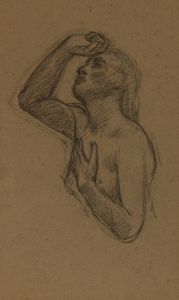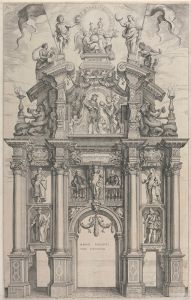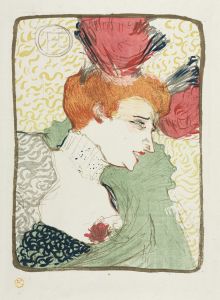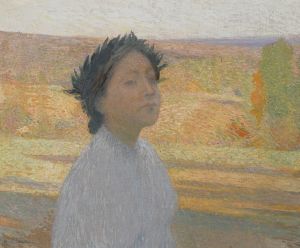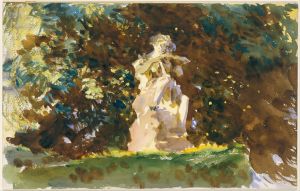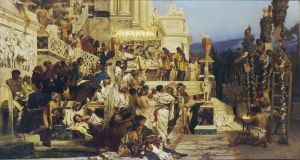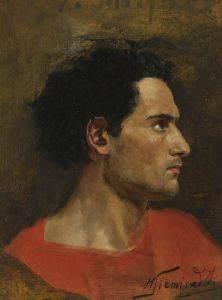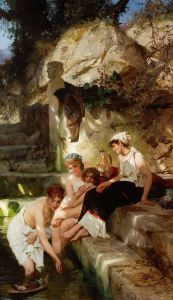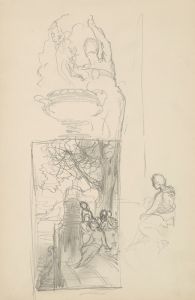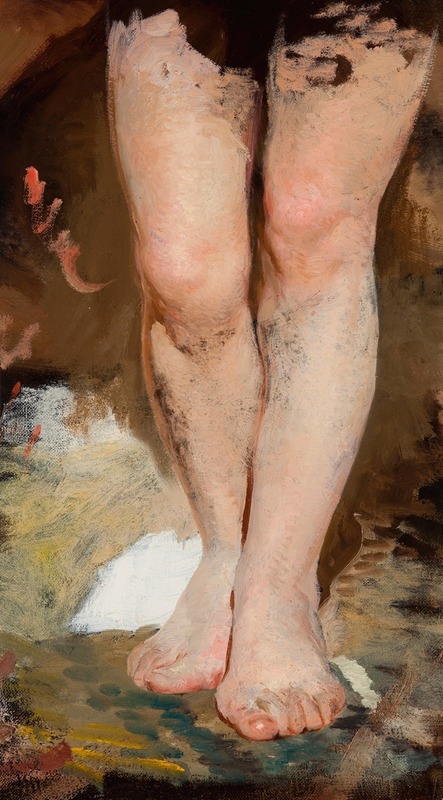
Study of Legs to the Painting ‘Phryne on the Poseidon’s Celebration in Eleusis’
A hand-painted replica of Henryk Siemiradzki’s masterpiece Study of Legs to the Painting ‘Phryne on the Poseidon’s Celebration in Eleusis’, meticulously crafted by professional artists to capture the true essence of the original. Each piece is created with museum-quality canvas and rare mineral pigments, carefully painted by experienced artists with delicate brushstrokes and rich, layered colors to perfectly recreate the texture of the original artwork. Unlike machine-printed reproductions, this hand-painted version brings the painting to life, infused with the artist’s emotions and skill in every stroke. Whether for personal collection or home decoration, it instantly elevates the artistic atmosphere of any space.
Henryk Siemiradzki was a renowned Polish painter of the 19th century, known for his large-scale historical and mythological scenes. One of his notable works is "Phryne at the Poseidonia in Eleusis," which captures the ancient Greek courtesan Phryne during a festival in honor of the god Poseidon. The painting is celebrated for its intricate detail and the way it captures the opulence and grandeur of ancient Greek celebrations.
The "Study of Legs to the Painting ‘Phryne on the Poseidon’s Celebration in Eleusis’" is a preparatory work by Siemiradzki. As the title suggests, this study focuses specifically on the depiction of legs, which are a significant aspect of the final composition. Studies like this were common practice among artists, allowing them to explore and perfect specific elements of a larger work before committing them to the final canvas. These studies often provide insight into the artist's process and the attention to detail that characterizes their work.
Siemiradzki's studies are particularly valuable for understanding his approach to anatomy and movement. In the context of "Phryne at the Poseidonia in Eleusis," the depiction of legs would have been crucial in conveying the dynamic energy and festive atmosphere of the scene. The study likely helped Siemiradzki experiment with different poses and arrangements, ensuring that the figures in the final painting appeared both natural and harmonious.
The artist's dedication to realism and detail is evident in his preparatory works. Siemiradzki was known for his academic style, which he honed during his studies at the Imperial Academy of Arts in Saint Petersburg and later in Munich and Rome. His works often reflect a deep understanding of classical themes and a commitment to historical accuracy, which would have extended to his studies and sketches.
While the "Study of Legs" itself may not be as widely recognized as the completed painting, it remains an important piece for art historians and enthusiasts. It offers a glimpse into Siemiradzki's meticulous process and his ability to capture the human form with precision and grace. Such studies are crucial for appreciating the complexity and skill involved in creating large-scale historical paintings.
In summary, the "Study of Legs to the Painting ‘Phryne on the Poseidon’s Celebration in Eleusis’" by Henryk Siemiradzki is a testament to the artist's detailed preparatory work and his commitment to capturing the essence of ancient Greek culture. Through this study, Siemiradzki was able to refine the elements that would contribute to the dynamic and lively composition of the final painting, showcasing his mastery of form and movement.






